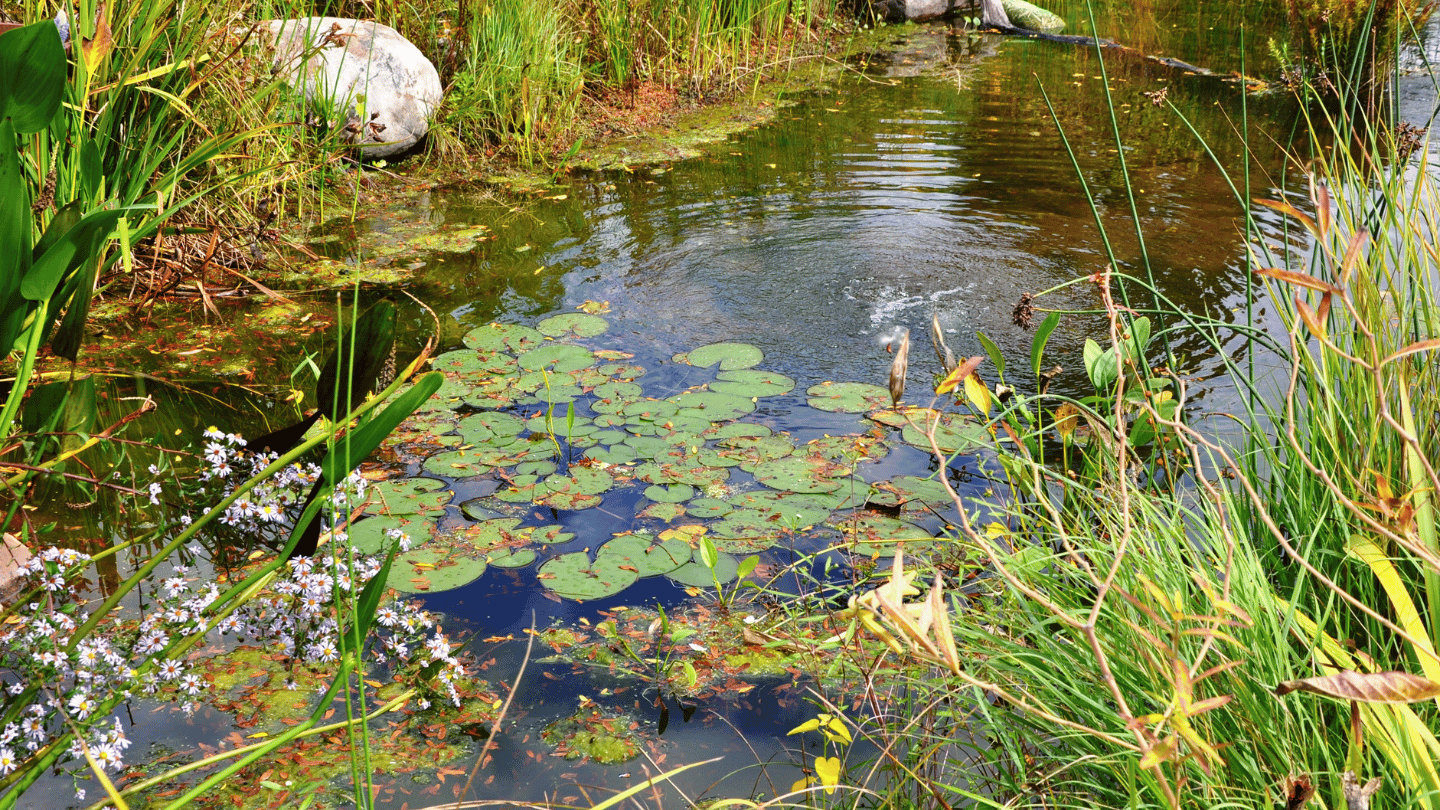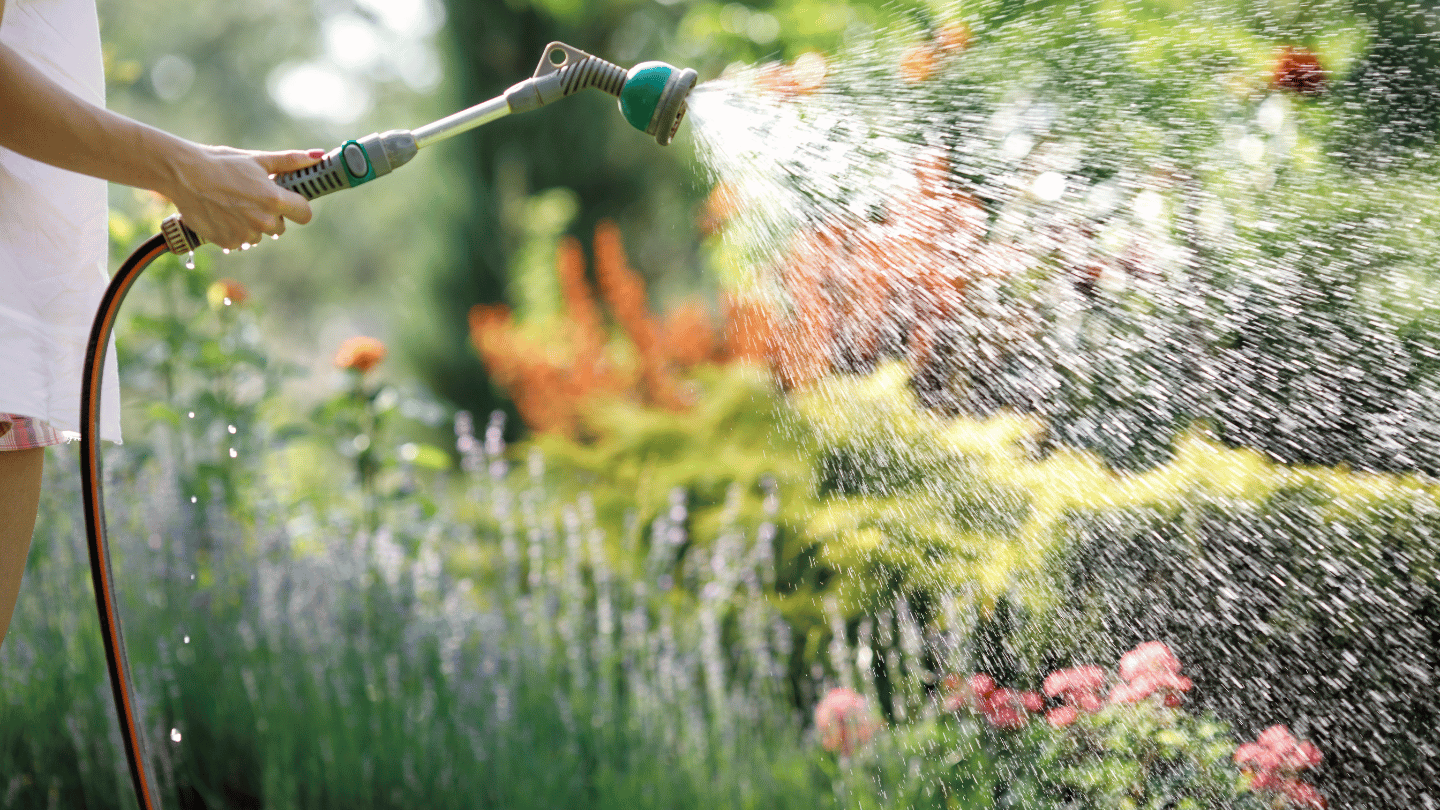You spend thousands building your dream pond, stock it with beautiful koi, add the perfect plants—and then six months later, you're staring at murky green water wondering what went wrong. Here's the thing: ponds don't run themselves. They're living ecosystems that shift with the seasons, and what works in April will fail you by August.
We've maintained ponds across Burbank for years, and the difference between crystal-clear water and a swampy mess usually comes down to timing. Your pond needs different care in July than it does in November. Let's walk through what that actually looks like.
Spring: Waking Everything Up
After winter—even our mild Burbank winters—your pond's a bit sluggish. March through May is cleanup season. You'll want to net out any leaves and twigs that accumulated over winter before they break down and spike your nutrient levels. Dead plant matter sitting in cold water all winter? That's ammonia waiting to happen once temperatures rise.
This is also when we check all the equipment. Pumps and filters can develop cracks or clogs during dormancy, and you don't want to discover a leak when it's already 85 degrees outside. Test your water chemistry now—pH, ammonia, nitrates—because your fish are about to get active again and they need stable conditions. Trim back any dead growth on your water lilies or marginal plants, divide anything that's gotten overcrowded. If you're going to add beneficial bacteria to help with natural filtration, spring's the time.
Summer: The Hot Months Are Tricky
Burbank summers hit hard. We're talking 90-degree days where your pond can lose an inch of water to evaporation in a week. You'll be topping off regularly—just do it slowly so you don't shock your fish with sudden temperature swings. And here's what catches people off guard: warm water holds less oxygen. If your koi start hanging near the surface gulping air, that's your sign.
Algae loves heat and sunlight, so you're fighting a constant battle from June through September. We're not big fans of chemical treatments—they're a band-aid. Better to add floating plants like water hyacinth that shade the surface, or install a simple shade cloth over part of the pond. Your pump and filter are working overtime now, so clean them every two weeks minimum. Pull out any rotting plant debris before it fouls the water. Feed your fish, sure, but don't overdo it—uneaten food just becomes ammonia.
Fall: Getting Ready for the Quiet Season
October and November are prep months. Temperatures drop, your fish slow down, and all those trees around your pond? They're dumping leaves like crazy. Net them out daily if you can—decomposing leaves in cold water create a toxic sludge by February. Cut back dead plant growth before it collapses into the pond.
Your fish are eating less as the water cools below 60 degrees, so scale back feeding. Below 50 degrees, stop entirely—their metabolism can't handle it. If you run your pump year-round (we usually recommend it), you might dial back the flow rate since there's less biological activity happening. Check any heaters or aerators now, not when the first cold snap hits.
Winter: Low Maintenance, But Don't Ignore It
Burbank doesn't freeze solid, but we get nights in the 30s and 40s that stress fish if you're not careful. The main job is keeping gas exchange happening at the surface—you need oxygen getting in and toxic gases getting out. A small aerator or keeping your pump running does this. Don't let ice seal the entire surface if we get a real cold night.
Feed sparingly if water temps stay above 50, otherwise skip it. Your fish are basically hibernating at the bottom. Check in once a week or so—clear any debris, make sure equipment's running, look for anything obviously wrong. That's it. Winter's the easiest season by far.
Making It Sustainable
Look, you can handle this yourself if you're diligent about it. Set phone reminders for the seasonal tasks. But here's what we tell clients: most pond problems we get called about could've been avoided with regular attention. Algae blooms don't happen overnight. Equipment doesn't just fail—it shows warning signs first.
If staying on top of this sounds exhausting, we run year-round maintenance programs that handle the seasonal transitions for you. Either way, the key is consistency. Your pond will tell you what it needs—cloudy water, stressed fish, struggling plants—you just have to pay attention before small issues become expensive headaches.





.jpg)





.jpg)